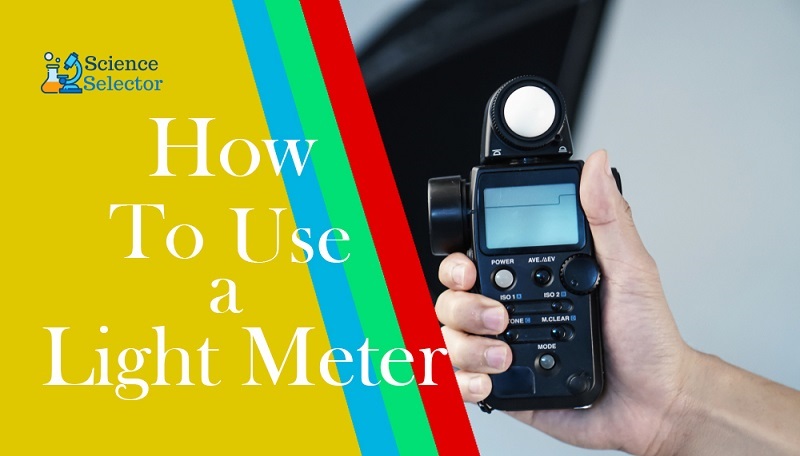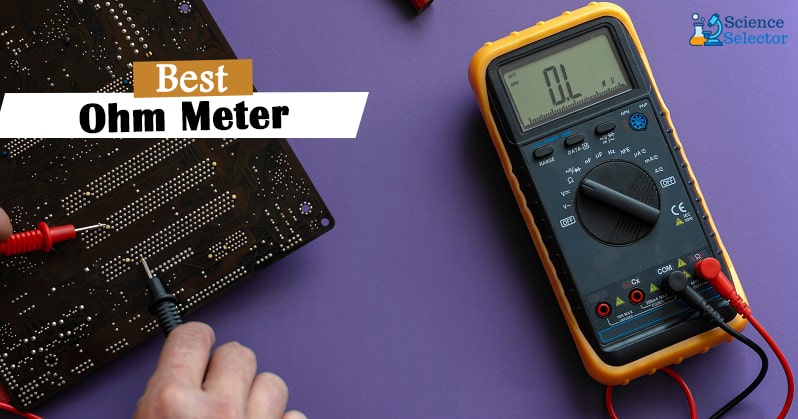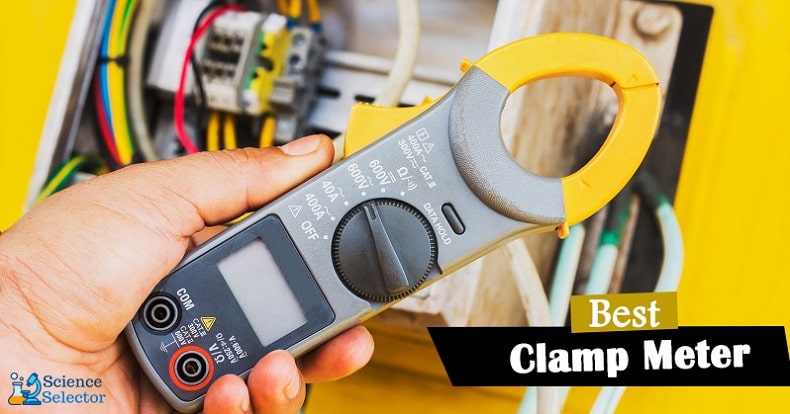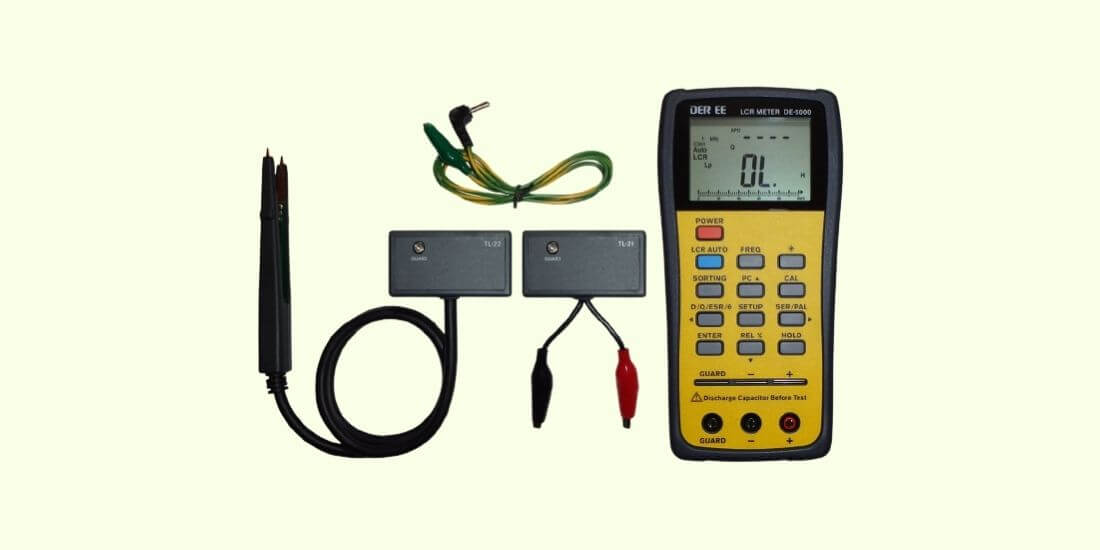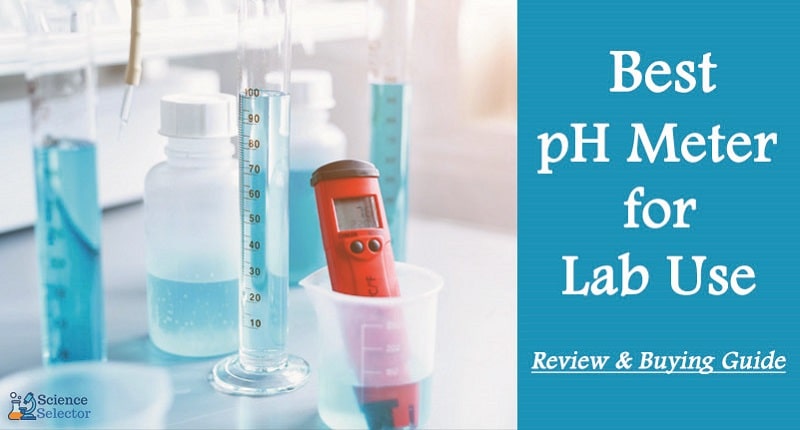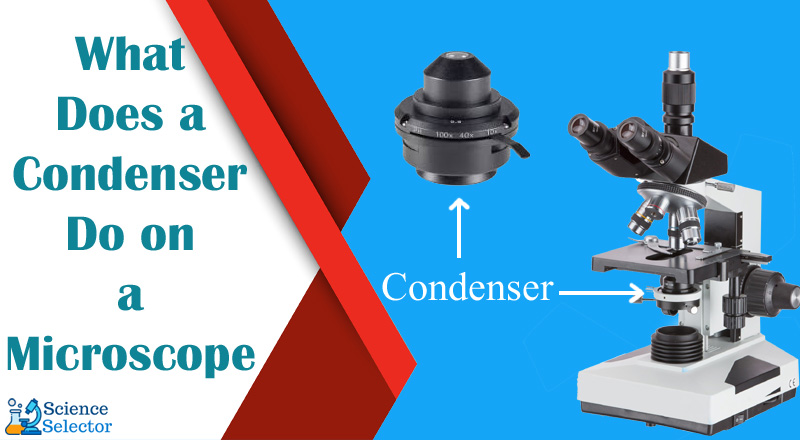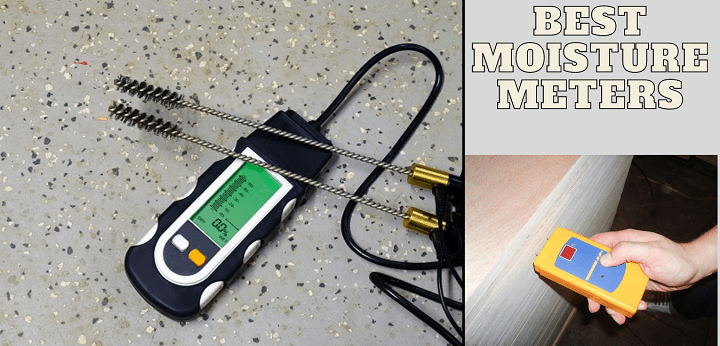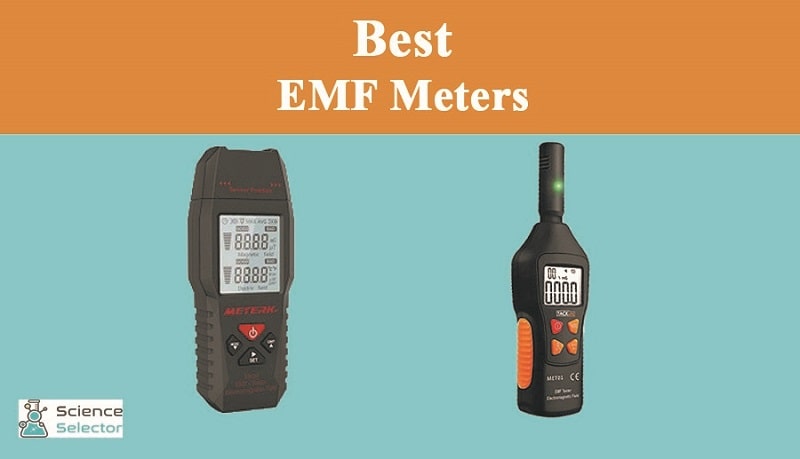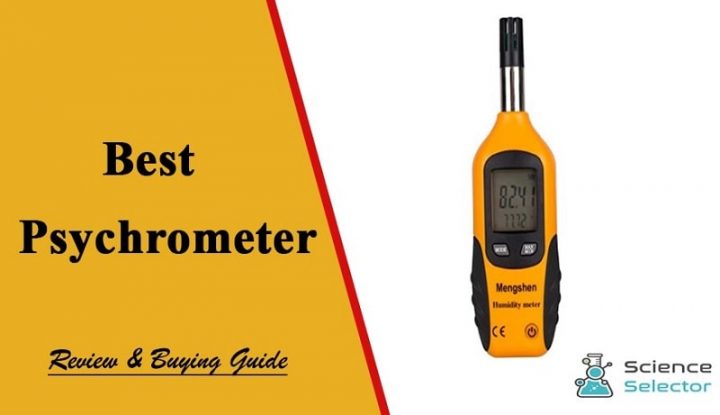The light meter is a device for measuring illumination, brightness, and ripple. It is necessary to determine the quality characteristics of light. Dim lighting and a high pulsation factor cause stress on the organs of vision, which negatively affects the general condition of the body: fatigue, unexplained depression, and other unpleasant sensations appear. The main element of a light meter is a photosensor. The rays of light falling on it transfer their energy to electrons, resulting in a current of certain strength arising, characterizing the degree of brightness or illumination.
With the help of a light meter, you can quickly and accurately measure the illumination in a room. This is necessary to compare the actual level with the norms and, after that, possibly, improve the lighting level in the room.
The fact is that low light leads to deterioration in vision, general well-being, and even labor productivity.
This article will tell you how to use a light meter by providing an instruction manual for the instrument of the dial and electronic (modern) type.
How to Use a Light Meter
Dial gauge
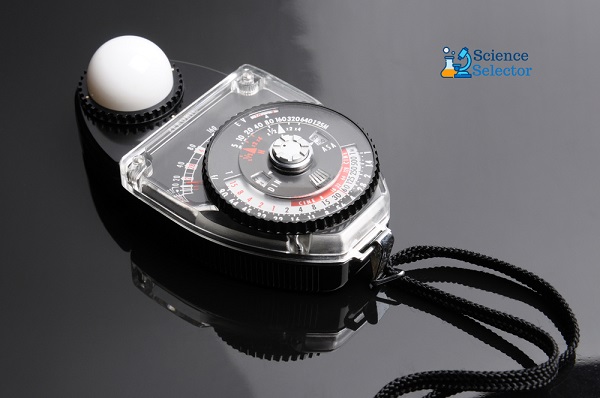
- So, to measure the illumination of the workplace with a dial light meter, you need:
- Place the device in a horizontal position, directing the photocell towards the light source.
- Place a suitable cap on the photocell.
- Take readings by pressing the left or right button, depending on the situation. The left button allows you to read the readings from the lower scale (up to 30 Lx) and the right button from the upper one (from 0 to 100 Lx). In addition, each nozzle has its coefficient of attenuation of the luminous flux, so it is vital to take into account this point, which is clearly described in the video tutorial provided below (model U-116):
Also, when using the meter, you must take into account several essential requirements:
- no shadow should fall on the photocell;
- before work, the arrow must be at zero; if this is not the case, use the corrector to set it to the zero position (this will require a screwdriver);
- sources of electromagnetic radiation located near the light meter can cause interference, and, accordingly, measurement errors; therefore, it is required to remove them for the duration of the measurements;
- if the illumination displayed on the board with the installed nozzles is less than 30 Lx, it is necessary to remove the nozzles and use the meter with an open photocell.
That’s the whole instruction manual for the pointer illumination meter. As you can see, there is no difficulty in measuring. The main thing is to take into account the recommendations and requirements provided.
Electronic Light Meter
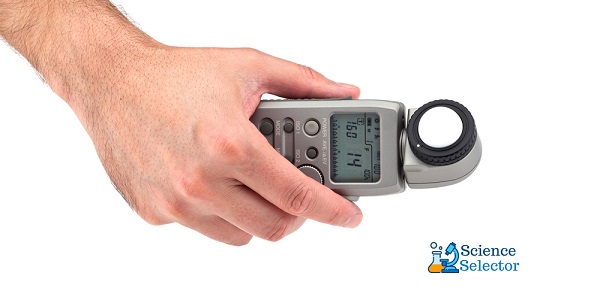
Using an electronic light meter is much easier. All you need to do is turn on the power and select the appropriate function. The device will automatically determine the desired coefficient and take measurements.
As for the functions, in addition to measuring the illumination in a room, some models also allow you to measure the ripple factor and brightness of light sources.
Let’s take a quick look at how to use each of the functions.
To measure the ripple coefficient with a light meter, you need to turn it on and press the “P” button. Next, place the device in a horizontal position (if the pulsation coefficient of ceiling lamps is being measured) or direct it towards a light source (for example, a table lamp, as in the photo below). After that, read the readings and draw the appropriate conclusions.
Important! Measurements can be affected by light from other light sources, movement when using the light meter (so it must lie still), and even foreign objects, such as a falling leaf. Consider these factors if you want to measure as accurately as possible.
If you want to measure the illumination of a room with a light meter, then you need to use it according to the following instructions:
- position the meter horizontally, in the direction of the light source;
- press the “E” button;
- get the result on display.
Please note that other lights or lamps affect the readings, so if you want to measure the illumination level from one specific light emitter, for example, a chandelier, all other lights must be off.
To independently check the brightness of the lighting, you need to put a pure white background on the tested screen, press the “L” button, place the photocell at a distance of 1 cm from the screen and take the result. It is advisable to keep the light meter stationary to obtain an accurate reading.
Also, to determine the brightness, it is recommended to take several measurements and calculate the average value.
How does a light meter work?
The device has a microprocessor electric circuit with an external sensor element (photocell) made based on semiconductor materials with special electrical conductivity properties.
The hit of the light flux on the photocell from the semiconductor activates the material’s electrons, i.e., there is a transfer (transformation) of light energy into electrical energy.
The higher the luminous flux falling on the photocell, the more intense the release of electrons in the semiconductor, intensifying the flow of electricity through the semiconductor.
The electronic circuit of the light meter registers the change in the electrical transmission capacity of the photocell, which is processed by the microprocessor and displayed on the information screen.
A light meter, the principle of which is based on measuring the current passing through a photocell, registers, and displays measurement data in lux (lx) – an international unit for measuring illumination intensity, conventionally calculated and corresponding to the illumination of 1 lm over an area of 1 m2. The lux radiation scale has a much-extended format from a tenth (at night) to hundreds of thousands (on a bright sunny day).
The measured results directly depend on the intensity of the luminous flux; therefore, it is essential at what angle the light falls on the photoelectric sensor of the device. Thus, the maximum measurement values are achieved with a perpendicular position to the directed light flux. If it is necessary to measure the total illumination in situations with powerful light sources, special scattering radiation or light-absorbing nozzles for a photocell are used.
Purpose and principle of operation of the light meter
The main purpose of the device is to measure the illumination level at the required point in space.
Where a lux meter is used, you can easily adjust this indicator, which depends on:
- the number of light sources, including artificial and natural;
- the light pressure of each of the sources;
- the distance between the measuring point and the light source;
- the reflectivity of nearby surfaces.
The device is actively used in the following cases:
- To control sanitary standards for lighting living quarters.
- To measure the level of illumination of workplaces, you can maintain comfortable working conditions and hygiene of workers.
- To control the illumination of premises in industrial areas, schools, libraries, medical institutions, museums, etc.
- To select the brightness of lamps in greenhouses, greenhouse farms, where the cultivation and maintenance of plants are carried out.
- To determine the shooting exposure when photographing.
- For setting the brightness of signal lights, illuminated advertising.
- As part of a pulse meter-luminance meter – to measure the degree of pulsation of monitors’ image and illumination in general, caused by the flickering of LEDs, fluorescent and energy-saving lamps.
- To check the compliance of the actual illumination with the calculated level when installing lighting systems.
- During the operation of the device, the luminous flux of a certain spectrum is converted into an electric current with the corresponding intensity of the first characteristics. The results are displayed on the device screen.
Considering how the light meter works, it makes sense to use models that allow you to select an operating mode for a specific light spectrum.
The principle of operation of the device:
- The electrons of a semiconductor photocell are activated by light. The brighter the light flux, the more actively the electrons are released.
- The throughput of the photocell changes, which is registered by the device’s electronics, which, after processing by the processor, is displayed on the screen.
- The light meter in operation produces results, which depend on the correct orientation of the sensor relative to the luminous flux.
Important working points of light meters
It is essential to consider when working with the device:
- In the analog model of the meter, before starting the measurement of the illumination level, the position of the arrow at the “zero” mark is mandatory.
- When activating the photocell attachments, when the device gives a reading of less than 30 lux, it is necessary to remove them and continue measuring.
- The instrument must be stationary during measurements to avoid inaccurate results.
- In the presence of extraneous light sources, the measurement result may be distorted.
Conclusion
It is considered imprecise to purchase a professional version of a light meter if it is necessary to carry out a single illumination measurement. For such cases, there is a rental service for devices. It is provided by specialized companies that sell geodetic and control equipment. With such a plan, equipment with up-to-date verification is already ready for use for its intended purpose.

